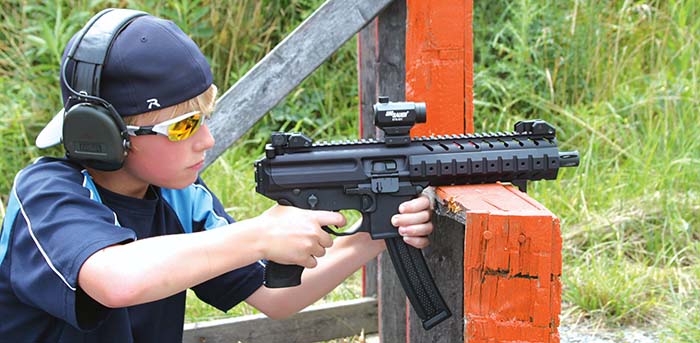By Todd Burgreen
Some would have you believe we have arrived at the end of the submachine gun (SMG) as a viable weapon class. They point to the SMG’s steady relegation to the sidelines in terms of use since the end of WWII. The first impetuous steps along this path occurred with the rise of the assault rifle, characterized by controllable select fire capability with its intermediary round compared to the full powered main battle rifles of the early 20th Century. The relatively recent appearance of Personal Defense Weapons (PDWs) would seem the final death knell of the SMG. The PDW is characterized by its compact size, much like an SMG, though centered around new cartridge designs facilitating the penetration of body armor out to several hundred yards. The PDW search was stimulated when NATO had images of body armored Spetsnaz troops running amok in rear echelon areas. The FN 5.7x28mm and H&K 4.6x30mm are some of the more prominent examples of these new cartridge types. Times and threats have changed breathing new life back into the SMG genre. While certainly not comparable to a rifle cartridge, a 115-147 grain 9MM instills more confidence than a PDW’s 23 grain .22 caliber bullet (or smaller) when having to put down an opponent in close quarters.
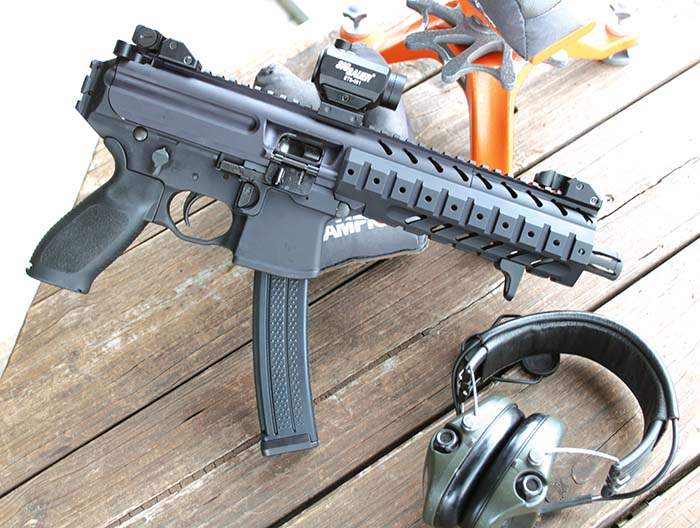
The SMG’s most prominent role, indeed its raison d’être stretching back to the WWI trenches, is as a CQB weapon. Ease of sound suppression is another important SMG advantage that has come to the forefront. The increase in terrorism, organized crime, and drug smuggling with the resultant militarization of law enforcement teams to deal with these well-armed opponents has created a new need for the SMG. The SIG SAUER MPX is poised to reassert SMG potency and viability.
SMGs have evolved since their early 20th Century introduction and are loosely categorized by generation labels tracking this progress. Most first and second generation submachine guns (MP18, Thompson, MP38/40, Grease Gun, Sten) fire from an open bolt with a differentiation by manufacturing methods setting the 1st and 2nd Generation apart. The Uzi is considered a premier example of a 3rd Generation SMG utilizing a telescopic bolt allowing for shorter overall length with magazine fitted into the pistol grip. In comparison, the H&K MP5, poster child of the Fourth Generation SMG, fires from a closed bolt with a design dating back to the 1960s. Most SMGs use blowback or recoil operating methods; this is where cartridge pressure is used to overcome the bolt’s mass pushing it to the rear and action recoil springs returning it into battery stripping a fresh round from the magazine to operate the weapon. SIG SAUER designed the MPX to reboot the SMG class of weapons.
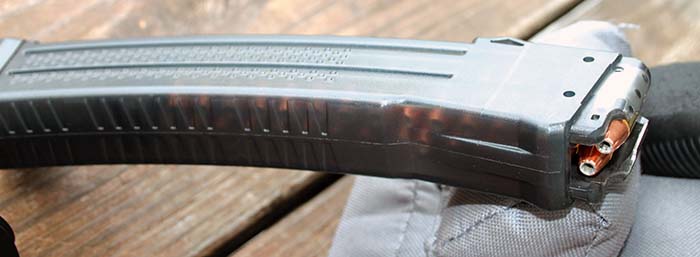
The SIG SAUER MPX was a much heralded introduction at the 2013 SHOT Show. SIG’s goal with the MPX was to provide an updated replacement for aging submachine guns found worldwide. The MPX operates via a scaled down short-stroke gas piston adapted for use with pistol caliber cartridges. The use of a fully closed and locked rotating bolt is another enhancement. This sets the MPX apart from previous SMG designs which operated via blowback, recoil or roller delayed methods. MPX operating controls and basic ergonomics are similar to the ever so prevalent AR15; an important consideration for training/orientation purposes. AR-like ambidextrous magazine and bolt release, along with the centrally located non-reciprocating charging handle will be instantly familiar to any AR user. An AR M4 flat top upper allows for any AR type sighting system. This AR centric theme is reinforced by using an AR type fire control system.
The MPX is available in a number of configurations. There is the standard MPX model. The MPX-P (P=pistol evaluated herein) is configured as a pistol using an 8-inch barrel with no buttstock. The MPX-SD model utilizes an 8-inch ported barrel that is integrally suppressed. The MPX-K utilizes a 4.5-inch barrel. All models except the MPX-P are available as select-fire or semiautomatic weapons with either a folding or collapsible buttstock. SIG SAUER is currently concentrating on producing 9mm MPXs. The MPX will be adaptable to .40 S&W and .357 SIG once conversion kits are available.
No weapon, no matter theoretical advantage offered, is worth considering if not reliable. As with most automatics, magazines are a crucial linchpin. Reports indicate SIG SAUER worked with Lancer to develop the polymer magazines for the MPX. Lancer took advantage of their experience with AR15 magazines to create a translucent magazine with steel reinforcing inserts at the feed lips and magazine catch slot. The MPX magazines are designed to present the next round almost directly in line with the chamber. This serves to enhance reliability with the full auto MPX versions’ high cyclic rate. Another benefit of this is allowing for the use of non-FMJ profile bullets i.e. JHPs; something important for law enforcement or personal defense considerations.
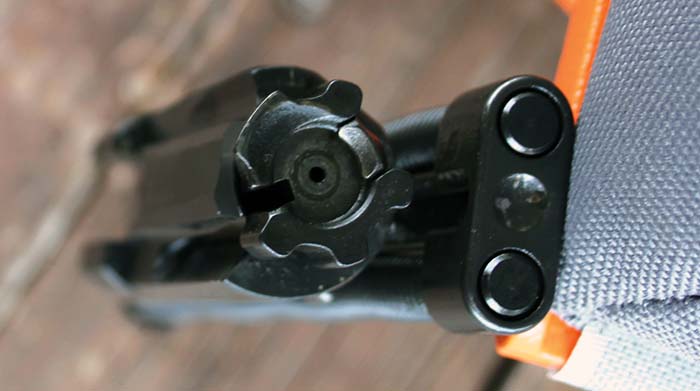
The SIG SAUER MPX-P evaluated features an 8-inch barrel contributing to an overall length of 16.8 inches. The MPX’s recent emergence compared to its 1950-60s SMG brethren is evident by the inclusion of a forend that accepts rail sections so a user can configure as needed. The MPX weighs only 5 pounds thanks to its upper and lower aluminum receivers. An AR type flash hider is threaded on the barrel via 13.5mm threads. The MPX pistol arrived with 1-30 round translucent magazine. 10 and 20 round magazines are listed on the SIG SAUER website. SIG equips the MPX with low profile foldable removal AR type iron sights. Installation of an optic of some sort is the natural inclination facilitated by railed flat top upper receiver.
The SIG SAUER MPX’s non-discriminatory handling of several types of 9MM ammunition was a pleasant surprise. Winchester 9MM NATO loads were initially tested based on experience with older 9MM SMG designs requiring the higher pressure NATO loads to operate reliably. The MPX functioned flawlessly not only with the Winchester 9MM 124 grain NATO FMJ loads, but also with Winchester 147 grain PDX 1 JHP, Hornady steel case 125 grain HAP and 147 grain TAP, Black Hills Ammunition 115 grain FMJ and 124 grain JHP. The ability to feed the JHPs was a totally unexpected bonus and a credit to the MPX design and further increases its potency as a CQB weapon.
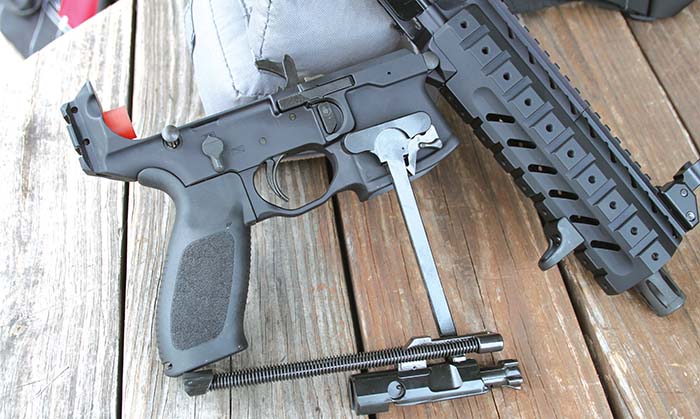
We might as well speak about the gorilla in the room when it comes to weapons turned into pistols from designs more associated with stocked SMG or rifles. What does a pistol like SIG SAUER MPX-P offer? Many will question the utility of employing a handgun the size of the MPX-P, relative to more traditional pistols, with the plethora of assault rifle models available for use. The answer here is nebulous based on user expectations and intentions. For many, a non-traditional pistol like the MPX-P, while enticing due to firepower potential, lacks much in terms of accuracy past normal handgun ranges with an added negative of weighing twice as much as a typical handgun. However, this can be tempered by utilizing certain techniques of deployment such as an SAS sling method and two-handed grip. Another possible method could be derived from how certain European special operation units run their weapons. The end of the weapon is floated on the cheek providing three points of contact for more stability and thus accuracy. While not optimum and not nearly as effective as a true stock cheekweld, the alternate methods proved superior to merely attempting to hold via the traditional pistol method, especially when the goal is rapid fire rounds downrange with a semblance of accuracy. Attentive training will pay dividends in finding what works best for individual users.
The SIG SAUER MPX-P was tested at Echo Valley Training Center first by establishing iron sight and red dot zeros. The irons and SIG SAUER Mini Red dot did co-witness once the SIG red dot was mounted on a rail riser. Several 30 round magazines were fired rapidly downrange. The MPX has a non-reciprocating cocking handle that is very similar in appearance and function to the AR15. The ambidextrous safety and magazine levers were found in familiar places to anyone who has operated an AR.
Magazine changes with the MPX proved a smooth affair indicative of AR-like ergonomics. The closed bolt MPX does have a bolt hold open device which is different than most SMG designs, aiding in swifter reloading. The MPX has an AR style non-reciprocating charging handle for manual bolt manipulation. The balance of the MPX combined with firing 9MM in a 5 pound weapon minimizes any recoil or muzzle climb. This is especially important in the MPX-P’s select fire brethren with cyclic rates over 1000 rounds per minute (rpm). The piston operated rotating bolt MPX contributes here as well. Strings of fire consisting of multiple rounds sent downrange had no problem keeping rounds smacking steel due to minimal muzzle climb and blast especially when assuming a supported position i.e. around a barricade or vehicle.
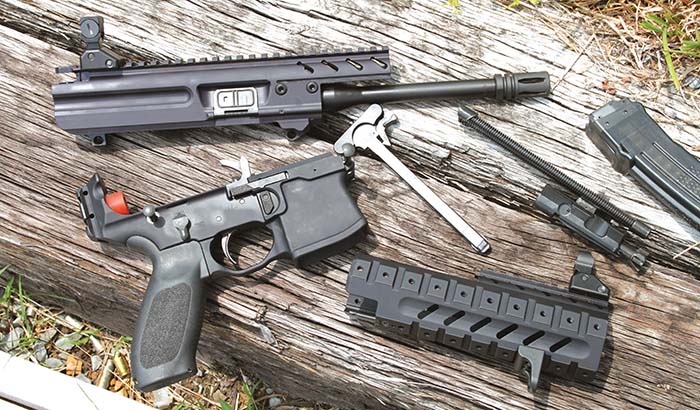
When everything is stripped away in terms of its design innovations, aesthetics and ergonomics aesthetics, at its core the SIG SAUER is a 9MM SMG intended to put rounds on target in a hostile environment. The MPX is lighter and better handling than its full-powered assault rifle brethren. While not as prevalent of late, there is an economic advantage in terms of the amount of 9MM that can be purchased versus a rifle cartridge. This economics can be taken advantage of with more training; not to mention the ability to access indoor ranges with a pistol caliber weapon such as the MPX. Training regimen is further enhanced by 9MM ability to be used with steel plate targets without having to resort to specialty frangible rifle loads. Also, less experienced shooters will find the lower recoil impulse and muzzle blast of a pistol caliber easier to manage, which often times will translate into better accuracy potential.
Many individuals and entities will be attracted to the SIG SAUER MPX for the reduced recoil and muzzle blast represented by the 9mm cartridge in lieu of the increasingly popular short barreled rifles chambered in 5.56mm, 6.8 SPC, or 7.62×51. Others point to it for the ease of suppressing the 9mm. The MPX’s barrel is threaded allowing for easy installation of a suppressor of choice. The SIG SAUER MPX is an interesting introduction to the market, especially considering its ability to convert over to .357SIG or .40 S&W if desired once kits are available. The SIG SAUER MPX represents the revival of the SMG. Most engagements happen well within a 100 yard range, especially in LE, MOUT, or civilian settings, with handling and reliability playing more of a factor in quick, reactive engagements than specific caliber used. The SIG SAUER MPX will force a reevaluation of SMG use for law enforcement or direct action military units. Along these same lines a civilian concerned with home defense will find the MPX hard to resist with its high capacity and great handling. The muzzle blast differential between a 9MM versus obnoxious rifle muzzle signature is further accentuated in confined spaces—such as inside a home. Will a rifle cartridge hit with more authority than a 9MM? Yes, of course, but mission specifics may dictate when the SIG SAUER MPX is a more practical choice of weaponry.
The MPX-P proved durable during testing at the Echo Valley Training Center with nearly 700 rounds fired over multiple range visits. Most importantly the SIG SAUER MPX-P demonstrated reliability —a must for any weapon considered for carry into harm’s way. The opportunity to handle the MPX-P was viewed as an opportunity to experience the overall MPX platform. It will be interesting to observe if SIG SAUER MPX models are widely accepted and adopted by LE and military units in the coming years as their older model SMGs are phased out. This will no doubt influence private citizens to consider it a viable option. No matter how appealing the adaptation of the short stroke gas piston into SMG platform; no individual wants to be the test subject for an unproven design. Time is on SIG SAUER’s side as increased user experiences will provide both empirical and anecdotal evidence of the MPX’s viability.
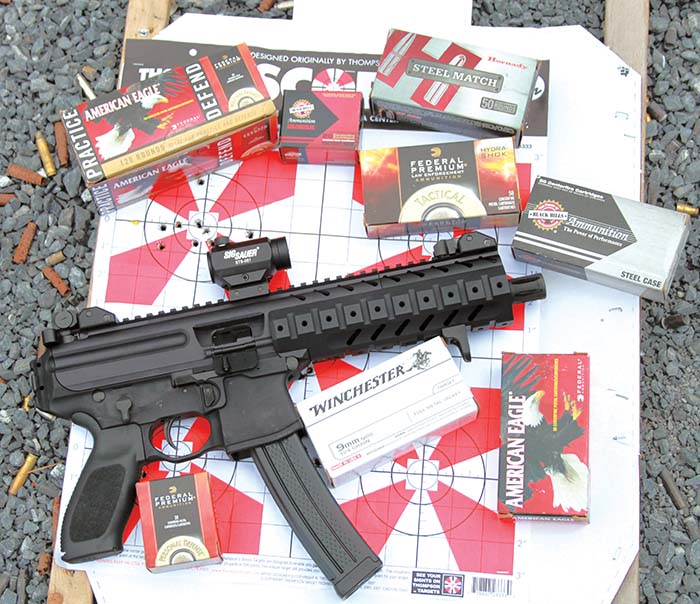
SITES OF INTEREST
SIG SAUER
www.sigSauer.com
Federal Cartridge Company
www.federalpremium.com
Black Hills Ammunition
www.black-hills.com
Echo Valley Training Center
www.echovalleytrainingcenter.com
HornadyMfg.Inc
www.hornady.com
Winchester Ammunition
www.winchester.com
| This article first appeared in Small Arms Review V20N5 (June 2016) |



